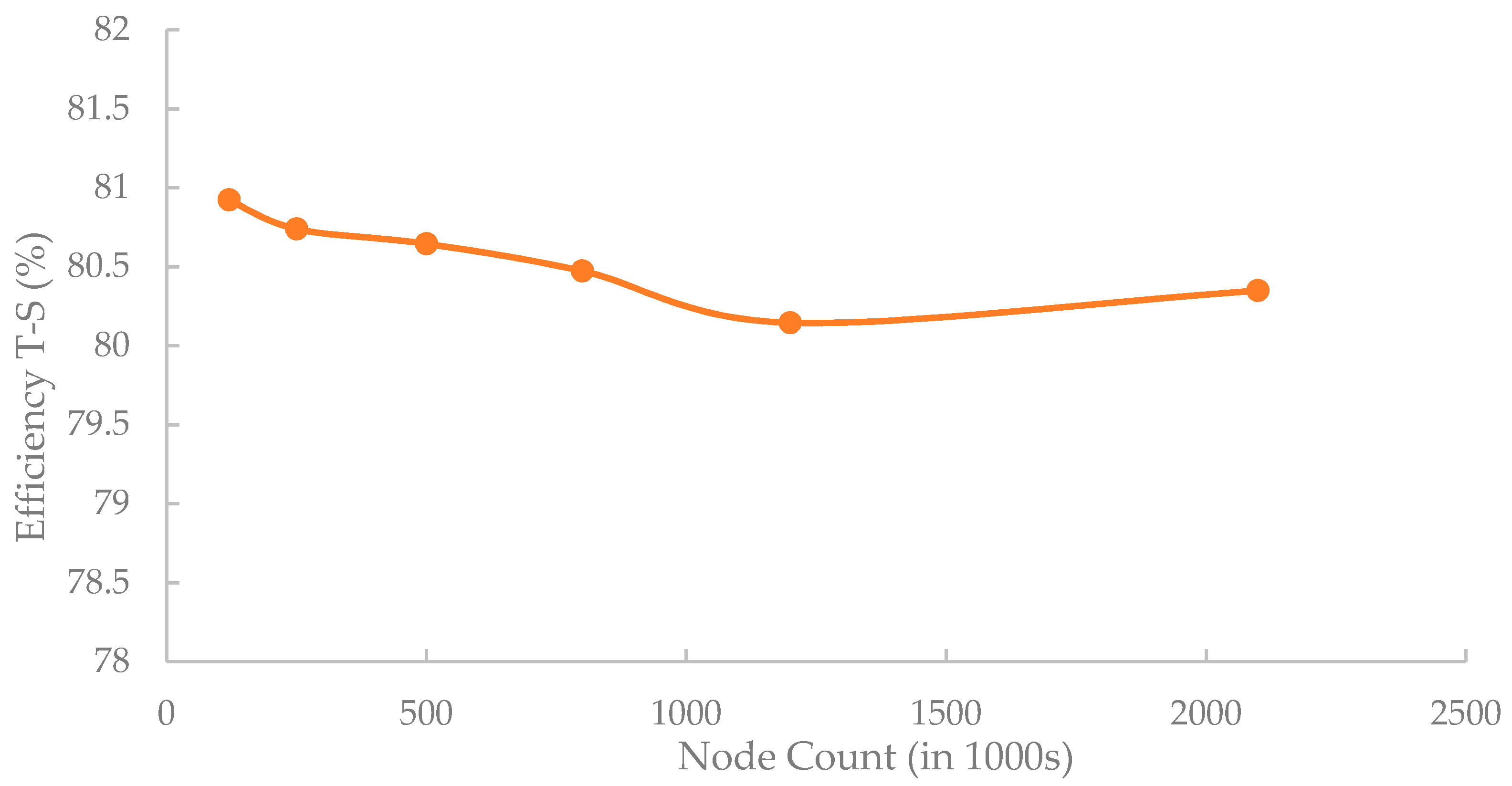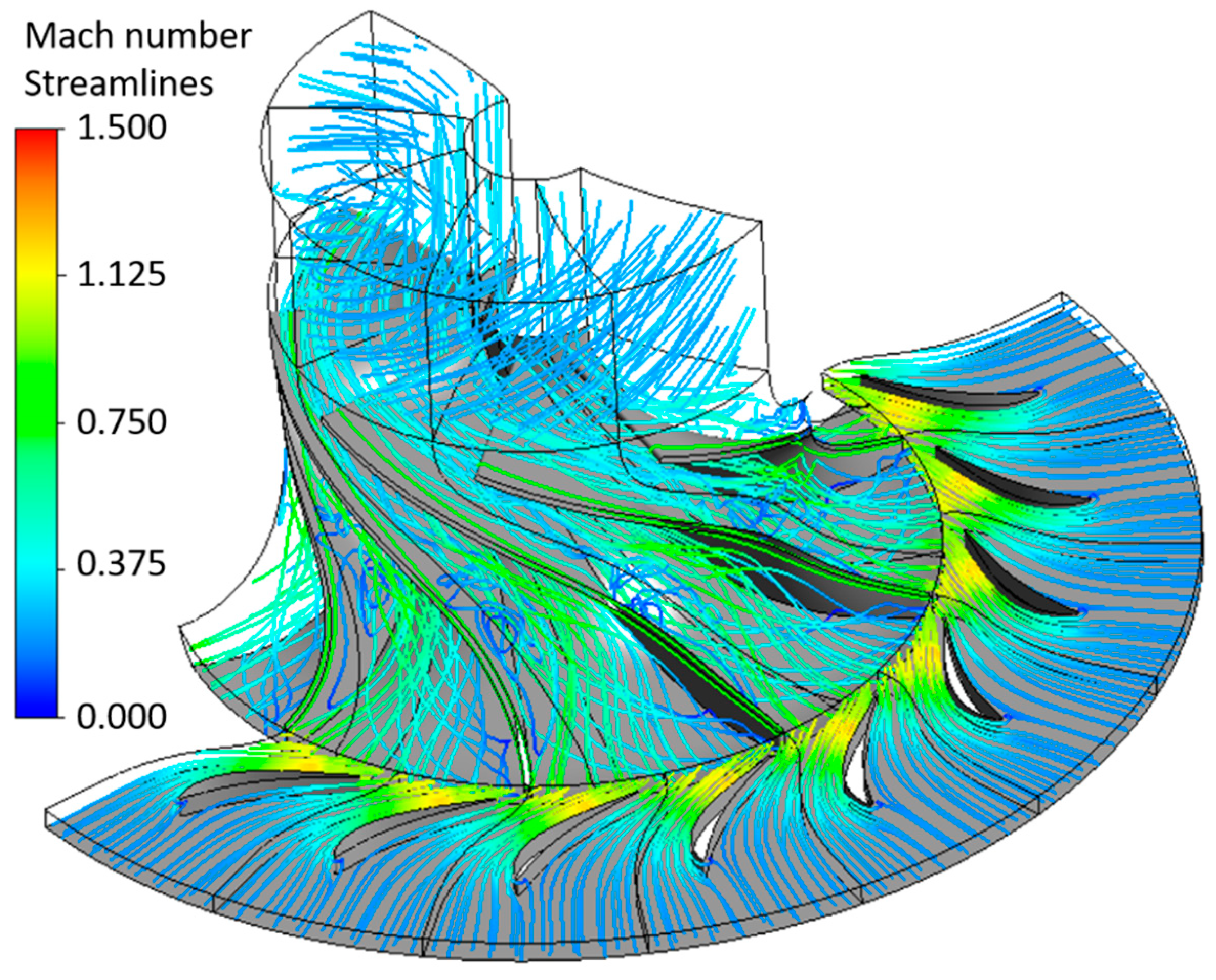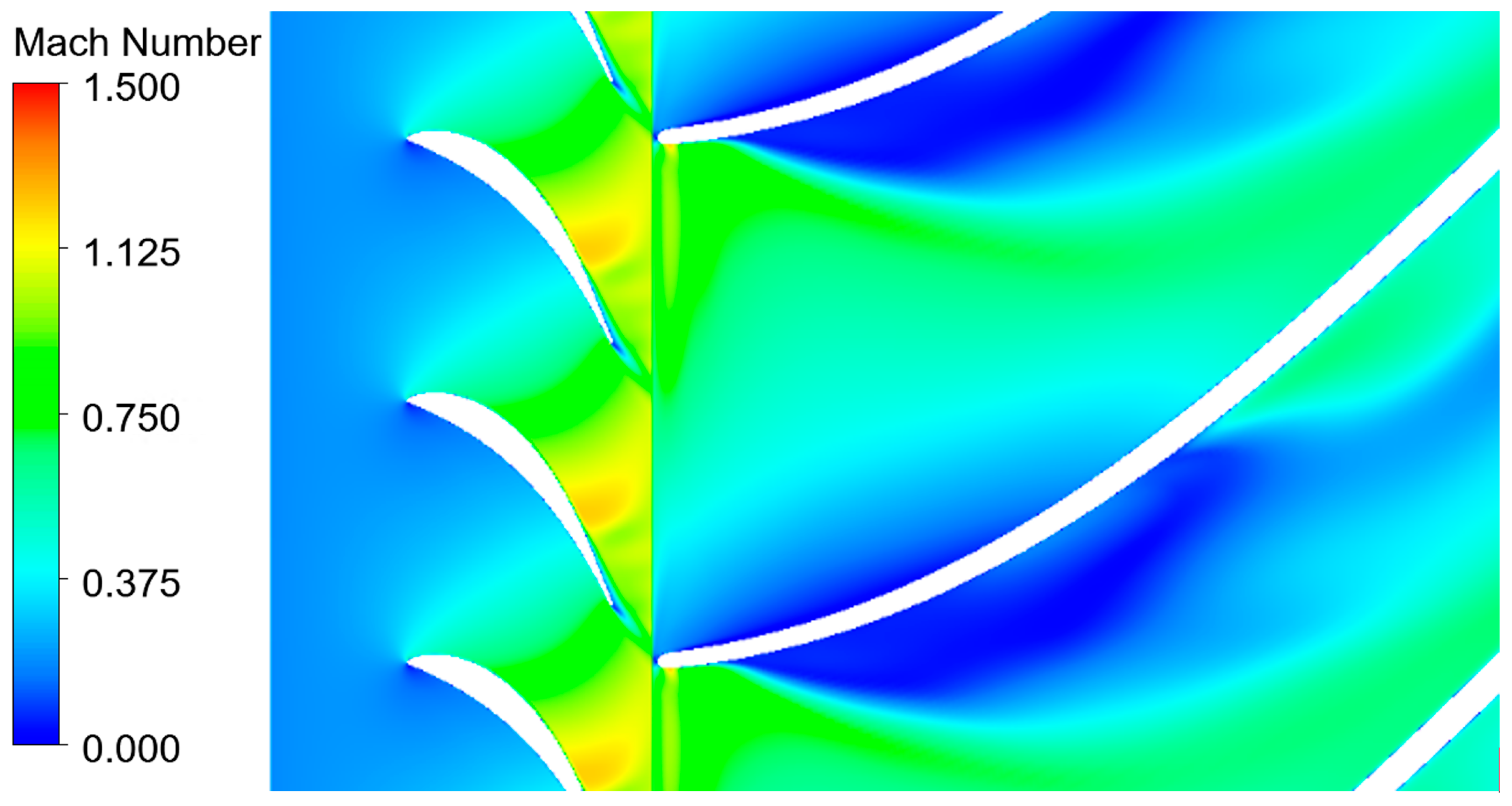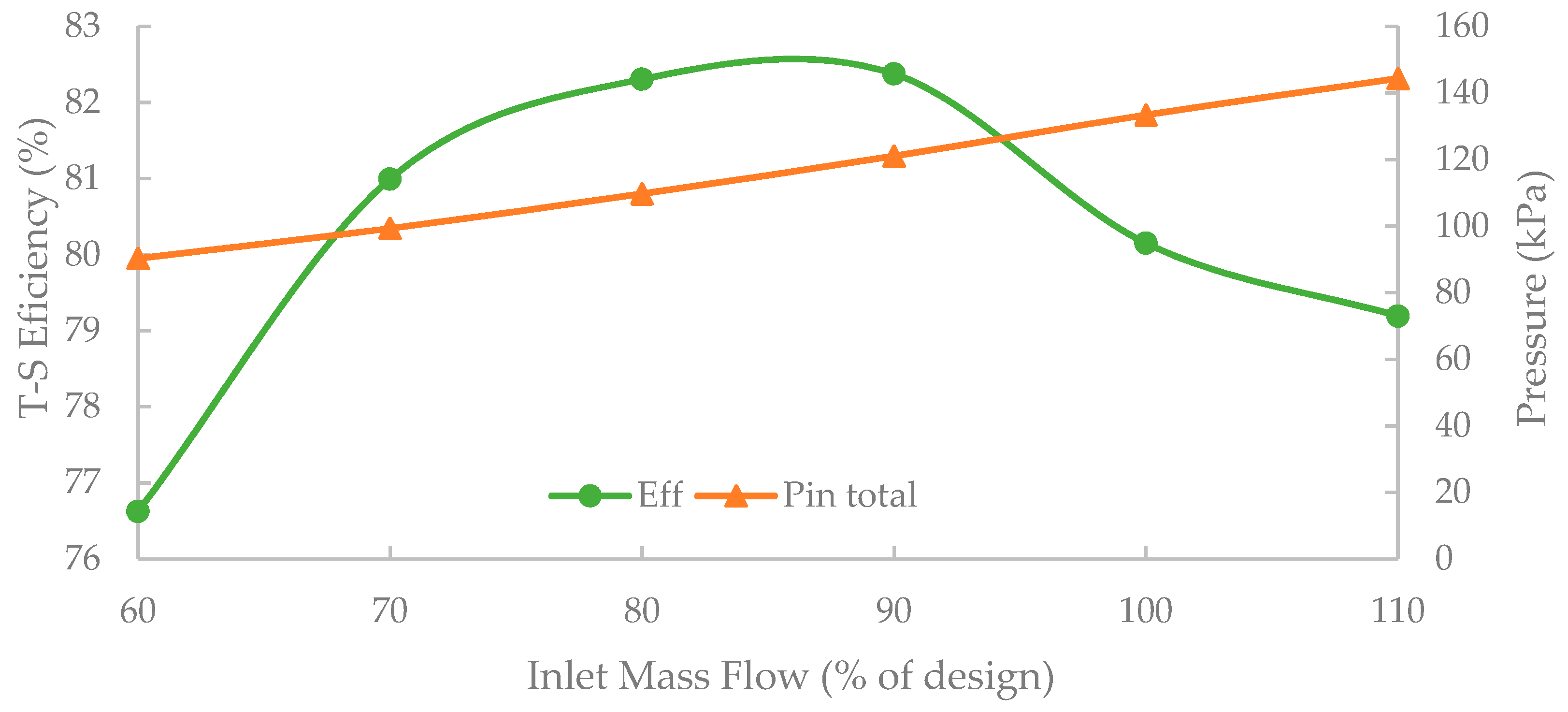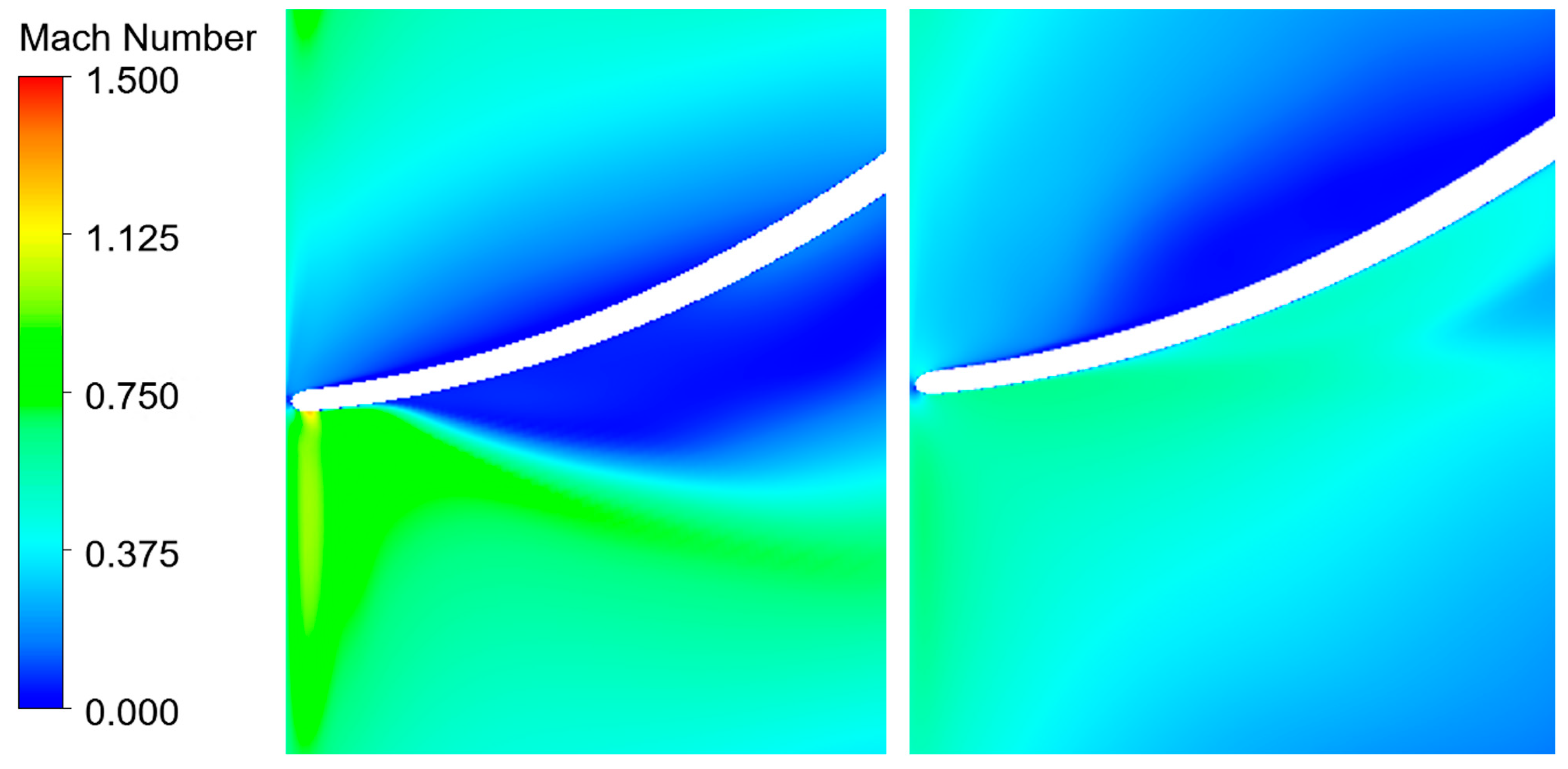1. Introduction
As the use of hydrogen for the storage and generation of electricity increases, new innovative methods to increase the efficiency of conversion between hydrogen gas and electricity will be needed. The ITP Energised group’s report, prepared for the Australian government [
1] on dispatchable energy options, concludes that hydrogen will likely be an important part of the zero-carbon energy storage mix. Hydrogen was found to be cost effective for long term and strategic energy reserves due to its low cost of storage in natural or artificial caves [
1]. The report highlights that the current problems with hydrogen are the very high costs of electrolysis and fuel cells for the conversion of hydrogen to electricity and electricity to hydrogen, respectively. While the costs of fuel cells are falling [
2], they are still more expensive than conventional generation methods [
3]. In the literature, many avenues are being investigated to decrease the cost of fuel cells, including developing low-cost catalyst material to replace platinum [
4], optimizing fuel cell use to decrease internal losses, increasing current fuel cell efficiency [
5], and increasing the operational life of fuel cells [
6].
This study will focus on adapting waste heat recovery (WHR) methods that have been proven to work in applications such as fossil fuel plants [
7,
8,
9] to a low temperature hydrogen fuel cell. WHR is used to recover heat that would otherwise be wasted, boosting the plants overall efficiency by using a secondary, bottoming thermodynamic cycle to generate extra power. Research has shown that, by optimizing both an organic Rankine cycle (ORC) and expander for a given power output and temperature, an effective system can be created [
10,
11]. The proposed study aims to apply this methodology to polymer exchange membrane (PEM) fuel cells and investigate the available gains. Some works have considered WHR as a method to improve PEM fuel cells system efficiency by generating auxiliary power [
12,
13]; however, they have assumed a constant expander efficiency. This work aims to show not only that an ORC system can be designed to take advantage of the waste heat from a PEM fuel cell but also that an efficient expander can be designed for the selected fluid, operating conditions, and power output.
An ORC has been chosen as the thermodynamic cycle over other options such as flash cycles and Stirling cycles. ORCs have been widely studied for low temperature applications [
14,
15,
16,
17,
18] and have high efficiency compared to other thermodynamic cycles [
19]. ORCs can also operate with dry expansion (where the expansion occurs entirely as either saturated or superheated gas), which will allow the use of micro turbines [
20]. Research into ORCs mostly focuses on temperature sources above 100 °C [
20], as higher temperature sources allow for efficient generation of electricity. Lower temperature systems are possible; Park et al. [
21] reviewed experimental studies of ORCs and found testing at temperatures as low as 45 °C. However, from the 58 experimental tests reviewed by Park et al. [
21], only 15 had source temperatures below 100 °C and only two below 70 °C.
Forman et al. [
22] estimated the global waste heat potential at 245 PJ, with 63% of this energy below 100 °C and 79% below 200 °C. From this, it is clear that low temperature waste heat could be a significant source of energy if it can be effectively exploited. For this reason, low temperature ORCs are currently the focus of much research [
23,
24]. Astolfi et al. [
23] optimized a cycle for the exploitation of low temperature geothermal resources based on the cost per watt of the cycle and the geothermal wells. They found that the optimal cycle and the fluid changed based on the geothermal well temperatures. At high temperatures (180 °C), a supercritical cycle with a regenerative heat exchanger was the most efficient, while at low temperatures (120 °C) the most efficient cycle was a subcritical superheated cycle. Öhman [
24] investigated the use of ammonia in low temperature cycles. Their aim was to recover heat from a pulp mill (initial wood to pre-paper refinement) at 75–85 °C. The ORC was designed as a replacement for the current cooling solution, and their experimental testing resulted in a thermodynamic efficiency of 8.3%. They concluded that the payback period would be around three years, although this includes the ‘green certificates’ available in Sweden for the cost of electricity. As fossil fuel based thermal plants are being phased out, a significant market for low temperature ORCs has opened as a potential solution to green power generation [
25].
Low temperature cycles are generally limited by the Carnot efficiency:
Thus, at lower temperatures, the recovery becomes less efficient. With improved turbine performances and lower manufacturing costs, lower temperature sources become economical despite lower overall cycle efficiency [
26]. While the initial cost, cost per Watt, and size of the WHR system is important, it requires detailed information of all components of the ORC. This study focuses on the design of a radial inflow turbine under operating conditions in a WHR cycle. The efficiency and the amount of power generated are important when considering if reasonable cycles can be designed before conducting an in-depth economic analysis. As the heat input is fixed (11 kW) in this study, the efficiency of the cycle is directly proportional to the power generated. This study thus focuses on the efficiency and power generation of the ORC and the efficiency of the expander; future work will be required to design and optimize heat exchangers and pumps for the ORC that would enable an economic and a cost-benefit analysis for various designs before the system is implemented.
Bao and Zhao [
20] reviewed the isentropic efficiency of expanders used in ORCs; the most popular expanders were scroll expanders and radial inflow turbines. Radial inflow turbines are used in larger scale plants generally with an output power over 1 kW. Scroll expanders are commonly used in smaller cycles with powers in the range of 0.2–3 kW. Scroll expanders generally have lower efficiencies, in the range of 65–80% [
20], while radial inflow turbines generally have an efficiency of around 70–85% [
20]. Other expanders, such as rotary vane expanders and piston expanders, normally exhibit low efficiencies and are used less often [
20]. In this study, a radial inflow turbine was chosen as the expander due to its higher isentropic efficiency.
2. Scenario Configuration
PEM fuel cells have very high efficiency, operate at low temperatures, and can quickly vary their output to match demand [
27], which makes them a popular means for converting hydrogen to electricity. Due to its high efficiency, it was chosen as the base load supply in a pilot green hydrogen plant commissioned at the Queensland University of Technology, Brisbane, Australia. The chosen cell is a PS5 from Powercell (South Australia, Australia), which will run close to its maximum power output of 5 kW. This will generate approximately 11 kW of heat [
28]. As its planned usage is as a baseload supply, the power output will be constant for long periods. For this analysis, the heat output of the cell was assumed to be constant. The fuel cell’s coolant outlet temperature was fixed to 70 °C from the manufacturer’s minimum cooling recommendations [
28]. Increasing this temperature could improve the ORC performance; however, if the fuel cell performance were to suffer from operating outside its recommended temperature range, then potential gains from a WHR cycle could be insignificant comparatively. For this reason, the inlet temperature was set as the maximum temperature recommended for the fuel cell. From literature, the performance of fuel cells tends to increase as temperature increases [
27,
29]. However, if the humidification of the membrane cannot be maintained at this temperature, then the performance quickly decreases due to the increase in membrane resistance [
30].
The heat source of the ORC proposed in this paper is setup as a closed system with the PEM fuel cell coolant flowing from the fuel cell through the ORC’s hot side heat exchanger and flowing back into the fuel cell, as seen in
Figure 1. In this case, the heat removed from the coolant is equal to the heat input from the fuel cell. In a larger system it may be necessary to have a secondary heat exchanger that dissipates heat if the ORC were to fail, needs to be taken offline, or is unable to cope with varying demand. However, to generate the greatest amount of power, all heat energy should be used in the ORC. Consequently, a secondary heat exchanger was not considered for this analysis.
6. Conclusions
This study investigated the use of an ORC for the recovery of heat from a PEM fuel cell. It used a WHR cycle design methodology and applied it to the low temperature heat energy in the fuel cell coolant. The mean-line design of the radial inflow turbine for the designed ORC showed very high efficiency (89.4%). The CFD analysis of the design resulted in a lower but still high efficiency of (80.15%) with further optimization of the 3D geometry, allowing for the increase of the expansion efficiency towards the mean-line result.
With the optimized mean-line turbine, the energy recovered from the waste heat of the fuel cell would be around 0.836 kW through the corresponding ORC. Given the lower predicted turbine efficiency from the CFD, the actual output would be closer to 0.745 kW shaft power, resulting in a second law efficiency of 65.6% and a thermal efficiency of 6.72%. Some of this power may be required to run pumps for the heating and cooling fluids, although this would still be a net benefit as the coolant pump for the PEM fuel cell would no longer be required.
Sulaiman, Singh, and Mohamed looked at the recovery of waste heat from PEM fuel cells using thermo-electric generators (TEG), and they measured a power output of 218.7 mW for 830 W of heat from a PEM fuel cell [
52]. This was a conversion efficiency of 0.03% compared to the current work’s 6.72% efficiency. While a direct comparison of the two cases is not perfect due to the differences in operating conditions, it showed the effectiveness of an ORC for heat recovery at this temperature and the potential benefits of recovery from liquid coolant over exhaust gas. For a fuel cell with 5 kWe, a potential 0.7 kW of additional output represented a 14% increase, which is a significant efficiency improvement. This study showed that a gain in power output of a PEM fuel cell system of 14% was achievable through the use of an ORC with radial inflow turbine. The gains in output compared to TEG systems were substantial where liquid coolant was available.
Further work into the economic performance of these systems through a detailed heat exchanger design and the potential negative effects on fuel cell life by running at elevated temperatures is needed. Optimization of the 3D turbine geometry to reduce separation at the leading edge of the rotor would also be required to further optimize the WHR systems design. Finally, transient and off design performance of the proposed system could expand its use to other applications, such as hydrogen cars.


